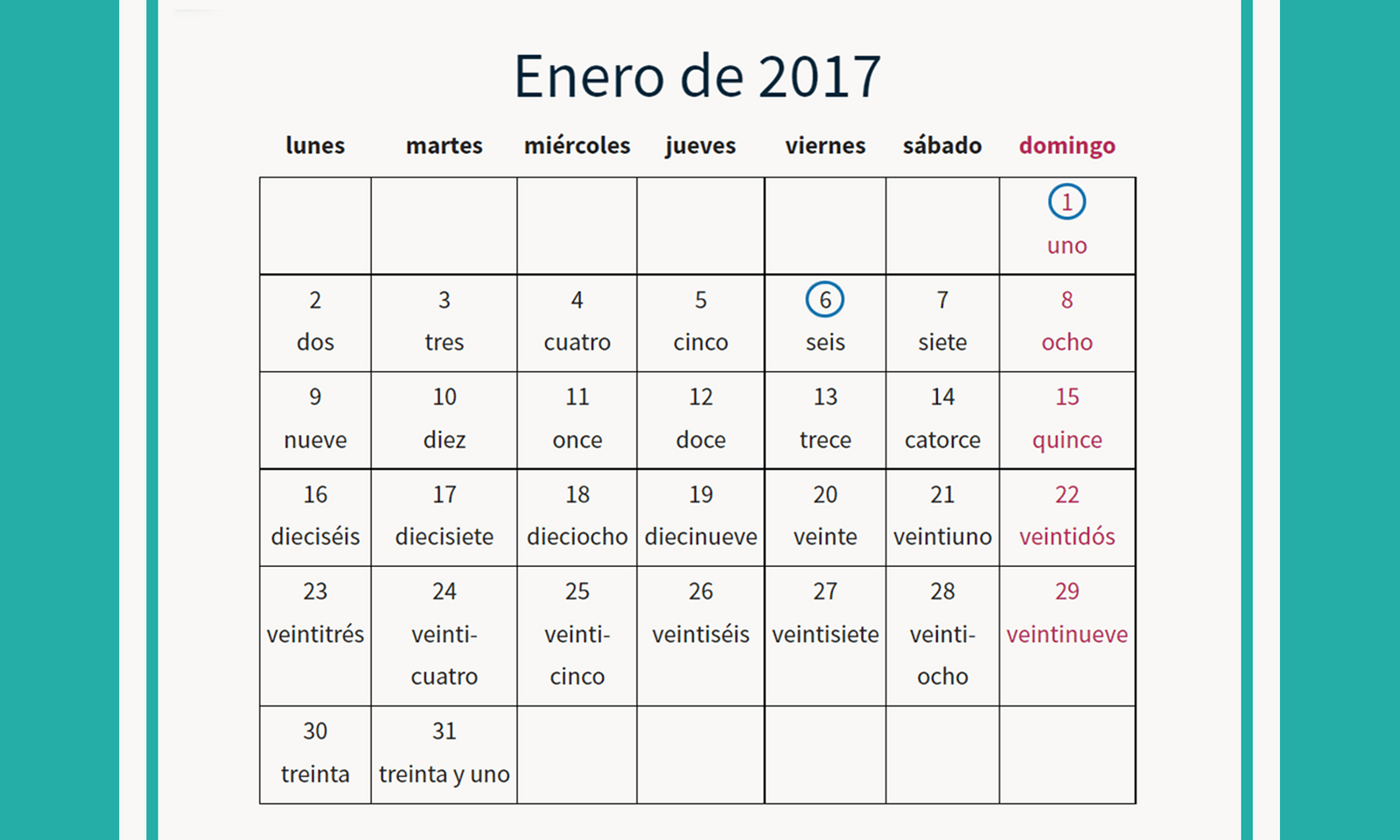story

Classroom Strategies

Professional Development
Second language acquisition researchers and world language educators alike agree that providing input in the target language is essential for language learners to be able to produce output in the target language. ACTFL agrees by recommending that 90%+ of classroom instruction takes place in the target language! But what does input look like?
Share
Second language acquisition researchers and world language educators alike agree that providing input in the target language is essential for language learners to be able to produce output in the target language. ACTFL agrees by recommending that 90%+ of classroom instruction takes place in the target language! But what does input look like? Where can you begin? Let’s take a look at a few easy to implement strategies that you can use to provide input to your students.

Tiered Questioning is a strategy that provides input and elicits student output through a series of questions that target a particular language structure, vocabulary term or chunk of language.
First, make a statement that uses said structure, vocabulary, or chunk of language. Then proceed to ask students a series of questions by starting with a yes/no question, then an either/or question before transitioning into an open-ended question using a question word.
What does Tiered Questioning look like in practice?
Statement: Chris plays soccer.
Yes/No Question(s): Does Chris play badminton? Does Chris play soccer?
Either/Or Question: Does Chris play soccer or lacrosse?
Open-Ended Question(s): What sport does Chris play? Why do you think Chris plays soccer?
Check out our tiered questioning document and classroom posters for use as resources to help you facilitate tiered questioning.

Picture Talk is a comprehensible input strategy that allows you to maximize input around targeted vocabulary or structures by using pictures as visual supports.
Find one or more pictures that relate to the unit theme. Pick a few key vocabulary words or phrases to use as the focal point of your discussion. Show the picture to students while describing or commenting on what they see in the image, making sure to focus on the target structure, vocabulary, or phrase. As you describe the picture, use tiered questioning or other total participation techniques to actively engage your students and monitor their comprehension.
What does Picture Talk look like in practice?
The children are at the beach. There is a lot to do at the beach. The kids swim, run, and play. (Indicate one of the kids) Do they run or do they swim? They're running with their friends. What about them? Are they playing or doing homework? They're playing. Do you play at the beach? (etc.)

Calendar Talk is a strategy that allows you to build classroom routines while still providing input for students, all centered around your classroom calendar!
Start by presenting a calendar to students. Using the calendar, discuss topics such as the date, day of the week and weather in the target language. As students become more and more accustomed to this routine, you can transition to including questions and discussion about school events, community celebrations and events happening in popular culture.
What does Calendar Talk look like in practice?
Good morning! What day is today? Yesterday was Thursday, tomorrow is Saturday. Is today Wednesday or Friday? Today is Friday. What is today's date? Today is the 7th of January 2017.
What is the weather like today? Is it hot or cold? It is cold today. Is it sunny or cloudy? It is sunny.
Are there any events today? There is a special event. There is an important hockey game tonight. Are there any hockey players in class today? Good luck tonight! Are there any other special events today?
The strategies that are mentioned in this post are just the tip of the input iceberg. They may be entirely new to you, or you may already be using them in your courses. Regardless, your students will benefit immensely from the input that these strategies provide.
Make a plan to implement one of the strategies above.
Learn more about providing input to students by checking out one of these resources:
Tags:
Share: